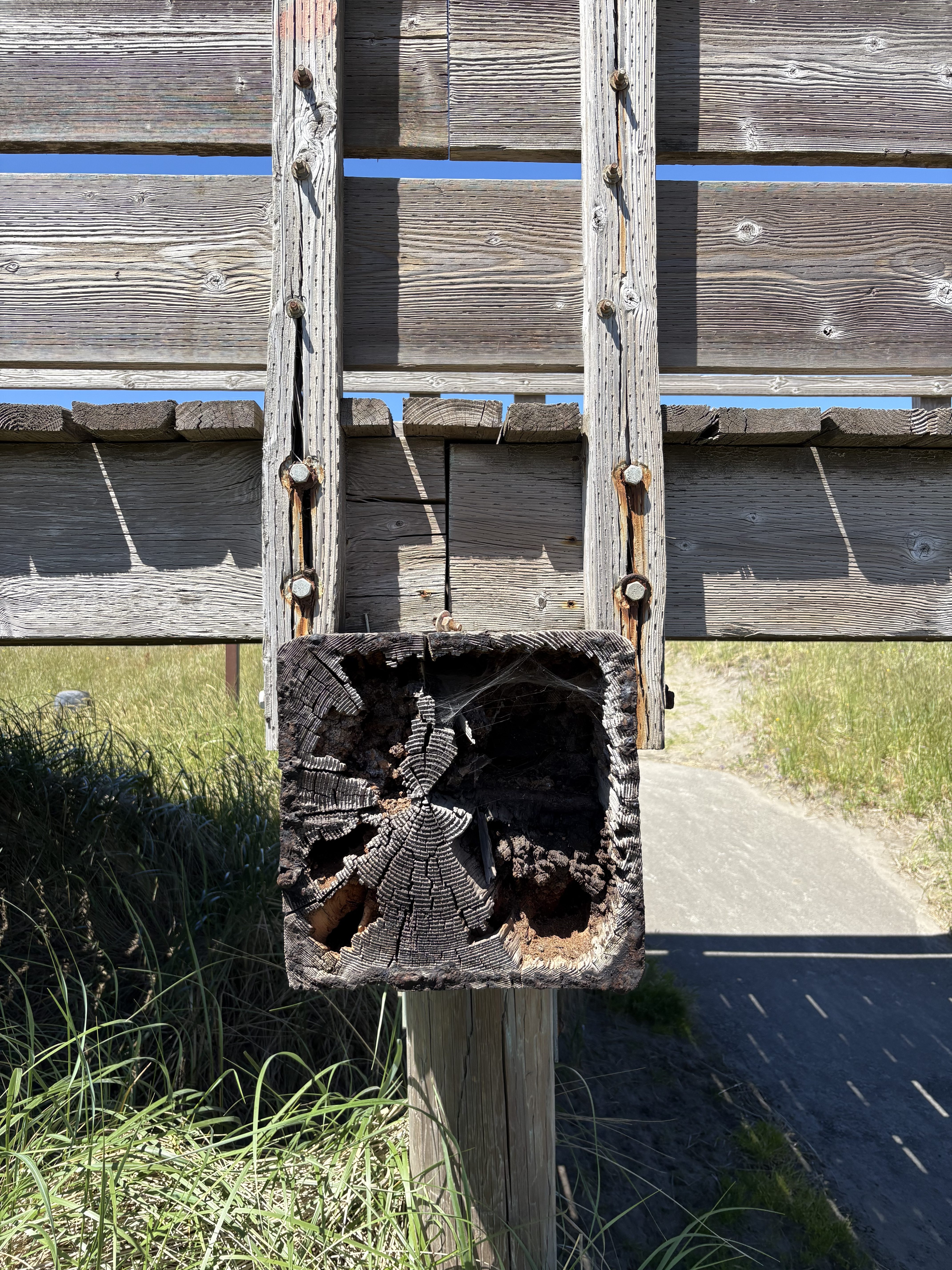Just think … Tree hugger’s justification
Published 4:00 pm Tuesday, February 11, 2003
After more than a year of deliberating, vacillating, not being certain, my tree hugger’s dilemma was resolved. You might remember that my problem was a very healthy, large maple in the wrong spot in our yard and an old, sickly Hawthorn in the right spot. I thought I’d remove the old, sick one and relocate flower and vegetable beds, but haven’t had the heart to do it. I enjoy the red flowers during their brief appearance, but the main reason is that the birds use the Hawthorn so much, flitting among its gnarled branches all day long.
Trending
The maple, on the other hand, had gone too far. It’s one thing when its deep shade encroached on our strawberry and vegetable beds, it’s another when, in spite of annual trimming, its shadow begins to encroach on our solar electric panels. But the ultimate reason for removing it from our yard was the realization that the maple was now sucking water and nutrients from the entire west side of our lot-not just from within its drip line or even a few feet beyond. No – its roots have been showing up everywhere – thick roots, the size of my wrist even in the upper levels of the raised vegetable beds.
The maple was a small, vandalized tree when my dad got the house back after having to foreclose on a buyer. We should have moved the tree then. It was six feet tall at the most, a sad and bedraggled specimen. Someone had hacked at its main trunk so that it was beginning to branch into three trunks. I felt sorry for it, but didn’t do much to improve its life but think good thoughts. Turns out, this was a vigorous species that, left to its own devices, just grew and grew. We realized we had a problem, a tree on the south edge of our property that was going to create shade where we didn’t want it. Little did we know that it was a juvenile delinquent, soon to become an outsized bully.
After identifying it as a Norway maple from its yellow, red, and gold fall foliage, an arborist friend said, “It’s no use. The genetics of this tree will propel it to giant size. It’s programmed to be a very big tree.” Annual pruning and shaping was ultimately a losing battle. We tried anyway; I didn’t want to destroy such a vigorous specimen. Every spring we’d cut branches back, reducing its height and volume, yet every summer it reached even wider and higher, a couple more feet in all directions each year. Its shadow careered around the front yard eclipsing the sun that would otherwise reach strawberries, broccoli and lettuce.
Trending
The death knell occurred one day when a visitor remarked, “Norway maple-notorious for invasive root systems. I’d take it out. It’s taking nutrients from all over your yard.” In fact, I’d just read that Norway maples were listed as invasive species in some parts of the eastern U.S., partly because of their pervasive winged seeds that establish themselves so easily.
Clearly this tree needed a big space, not a 50 by 50 patch of grass. It needed a city park or a vast estate. We’d noticed big roots humping through the lawn, headed in all directions like octopus tentacles. We’d observed that even flowers planted near the maple had a hard time surviving, except for drought tolerant Mediterranean species like rosemary and lavender. In other words, as strong and beautiful and prosperous as it was, this maple could also be seen as greedy and unable to live with its neighbors without commandeering resources that could have, should have, been shared.
Having consulted and considered the health and well being of the whole yard, I made my decision. I needed to rein in the power of this giant. Last Tuesday was the day – the day Willie and his crew came to take down the maple, a big tree, a glorious tree, a notable tree, but also an invasive, greedy, sun-blocking, water-hogging tree. We joked about the fact that one of the Peninsula’s most visible tree-huggers was now ordering the execution of a tree. Willie said, “We gotta get out of here quick, before anyone sees us.”
In the long run, the wisdom or misjudgment of my decision will be apparent. Six months from now, if our garden watering bill is less than last year’s, if our boysenberries are bigger, if strawberries ripen more quickly, if zucchini begin to thrive, I’ll know I did the right thing.
Victoria Stoppiello is a free lance writer from Ilwaco, where she has deep roots in our area’s fishing tradition,. She’ll be reading some fishy essays Friday night, Feb. 21, at the Fisher Poets Gathering in Astoria.









